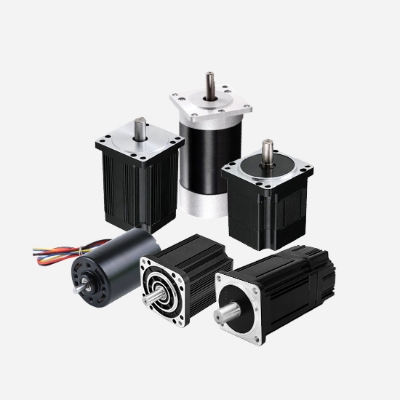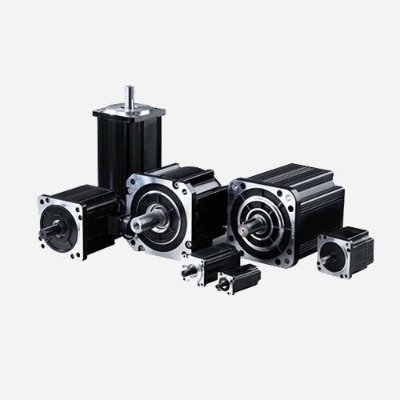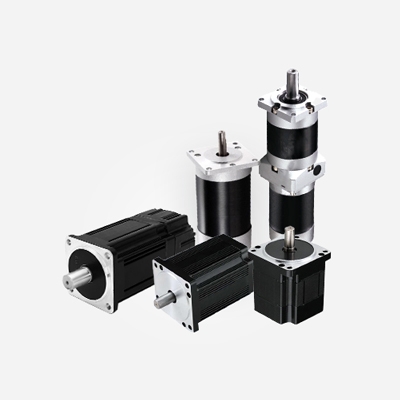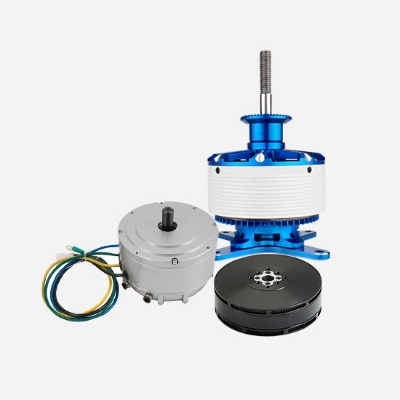
Buying a brushless motor is a very important decision. Inrunner brushless motor or outrunner brushless motor options may influence this decision. Do you know the differences between inrunner motor and outrunner motor brushless motors?

Buying a brushless motor is a very important decision.
- Inrunner
- brushless motor
or outrunner brushless motor options may influence this decision. Do you know the differences between inrunner motor and outrunner motor brushless motors?

Buying a brushless motor is a very important decision. Inrunner brushless motor or outrunner brushless motor options may influence this decision. Do you know the differences between inrunner motor and outrunner motor brushless motors?
Buying a brushless motor is a very important decision. Inrunner brushless motor or outrunner brushless motor options may influence this decision. Do you know the differences between inrunner motor and outrunner motor brushless motors? Next, we will talk about the differences between these two kinds of brushless dc motors.

What is inrunner brushless motor?
The inrunner brushless motor is a rotating body supported by an inner bearing, and the outer rotor is an outer rotating body supported by a bearing, both of which use rigid connections or additional shafts. The working principle of the inrunner brushless motor is that in an asynchronous motor, the rotor composed of an iron core and a closed conductor produces high-speed rotational motion, which is driven by the rotating magnetic field generated by the stator winding.
What is outrunner brushless motor?
Typically an outrunner brushless motor is a Permanent Magnet Synchronous Motor (PMSM) torque motor. Therefore, the motor consists of a stator with coils and a rotor with permanent magnets. With conventional motors, the magnets are attached to a shaft that rotates on the inside of the stator coils. This is called an inrunner motor. With an outrunner motor the magnets are attached to a ring or sleeve on the outside of the stator coils. As a result, the motor has a rotating ring or sleeve, instead of a rotating shaft.
Differences between inrunner and outrunner brushless motor

- Difference in Size: Brushless outrunner motors will have a larger diameter vs an inrunner motor of similar weights. Also, outrunner motors are smaller in length. Contrariwise, inrunner is compact in width and generally wider in height.
- Difference in Torque: The larger momentum converts directly into more torque being created. Hence the outrunner motor will normally generate more torque vs an inrunner motor. This relationship ties in with the fact that outrunners have a lower RPM/ Volt. The association between Kv and torque is conversely relative. As RPM per volt (Kv) expands, the force of the engine diminishes.
- Difference in Efficiency: From the constructive size correlation with the nature of the engine. To the constructor of the engine, power generation of the engine, and several more. For the most part, an inrunner engine is more systematic than an outrunner. So, it is considered more efficient.
- Difference in Noise: Generally speaking, the inrunner brushless motor is very noisy. This is because it has a higher RPM. On the other hand, compared to inrunner motors the outrunner motors are quieter. They are small and have very little RPM so it tends to make less noise.
- Difference in Maintenance: Compared to inrunner motors, outrunner brushless motors require less maintenance. In general, the outrunner motor may be serviced by yourself because it dissipates heat more effectively. It is also less likely to burn out. Because you cannot wind the enameled wire manually, repairing an inrunner motor is more challenging.
- Difference in Application: The inrunnner motor is often used in power machinery, such as motors, generators, gas turbines and compressors, etc., while the outrunner motor is usually installed in the impeller, which has a good cooling effect.




